Intel Expands 8th Gen Core: Core i9 on Mobile, Iris Plus, Desktop, Chipsets, and vPro
by Ian Cutress on April 3, 2018 3:01 AM ESTThe GIGABYTE H370N-WiFi
One of the motherboards we were sampled early was the GIGABYTE H370N-WiFi. This is GIGABYTE's latest mini-ITX motherboard, and in this case using the H370 chipset - traditionally GIGABYTE's H-series mini-ITX boards implement additional features, such as HDMI 2.0, and in this case, Wi-Fi.
The initial viewing of the board is one implemented more in function than overall style. The four-phase power delivery has a heatsink, the CPU is powered by an 8-pin 12V header, and the full length PCIe slot is shielded. GIGABYTE has two full-length DDR4 slots on this model, using double sided latches, and there are four SATA ports on the right hand side of the board out of a possible six that the chipset supports.
For storage, we get an M.2 2280 slot that sits above the chipset heatsink on the front, and another on the rear:
The two key parts on this motherboard that are going to be a little interesting start with the HDMI 2.0 implementation.
Here GIGABYTE is using the MegaChips MCDP2800 chip as an LSPCon to enable HDMI 2.0 from the processor. This is fairly common for HDMI 2.0, although due to the added LSPCon cost, we still only see it on a few motherboards - mostly GIGABYTE boards.
The other thing to note will be the Wi-Fi implementation. As the H370 chipset will support a native wireless solution, it all comes down to which companion RF model GIGABYTE has chosen. A quick look in the device manager shows this:
Here Intel is using the AC-9560, which is Intel's 2x2 802.11ac Wave 2 (160 MHz) solution - the high cost one.
Another feature on the new motherboards will be the USB 3.1 Gen 2 (10 Gbps) support. Here we see GIGABYTE not bothering with the fastest USB 3.1 implementation - all the ports here are USB 3.1 Gen 1 (5 Gbps) standard - even the port being enabled via a Type-C redriver. This means that this board could be seen as just a refresh of the 200-series version, with only the chipset changed to support the new processors. The motherboard does not have additional front panel headers for 10 Gbps either, meaning that this board uses exactly zero of the four that the chipset supports.
Elsewere on the board we spot the dual NICs, powered by Intel I219-V and Intel I211-AT controllers.
The audio, despite being a 3-plug stack, is powered by the Realtek ALC1220 codec.
In our box with the board, aside from the usual CD/manual/IO shield, we also got two SATA cables and a pair of Wi-Fi antenna. Nothing overly complex.


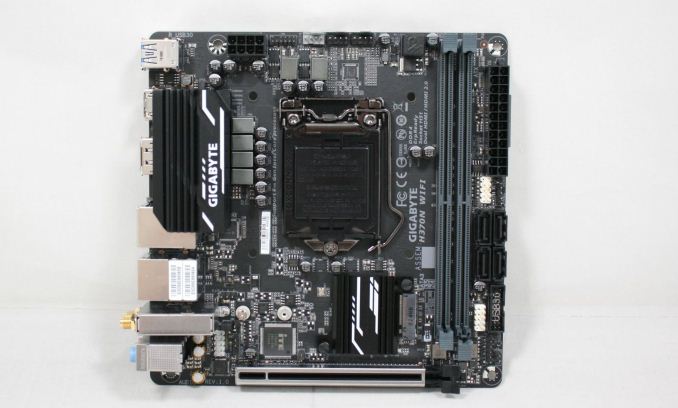
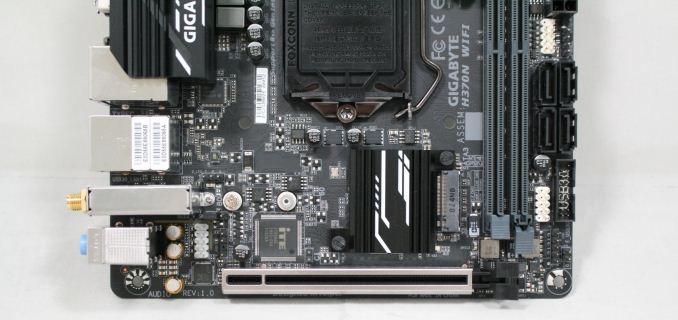
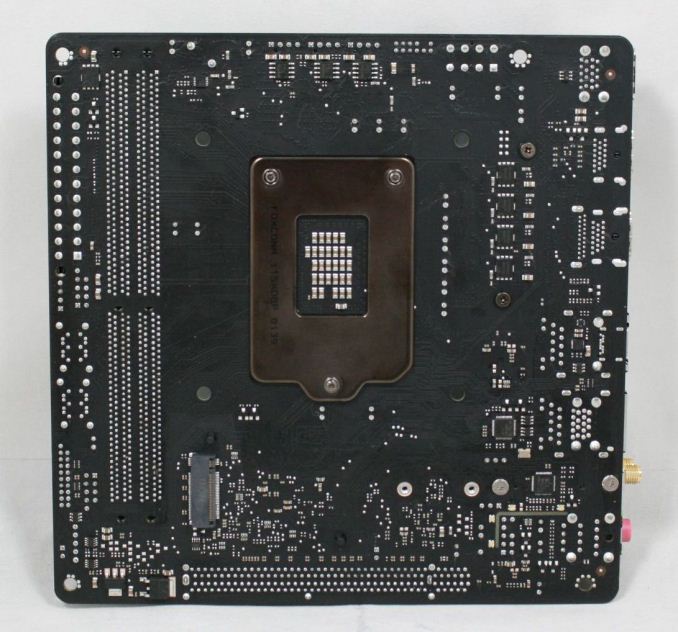
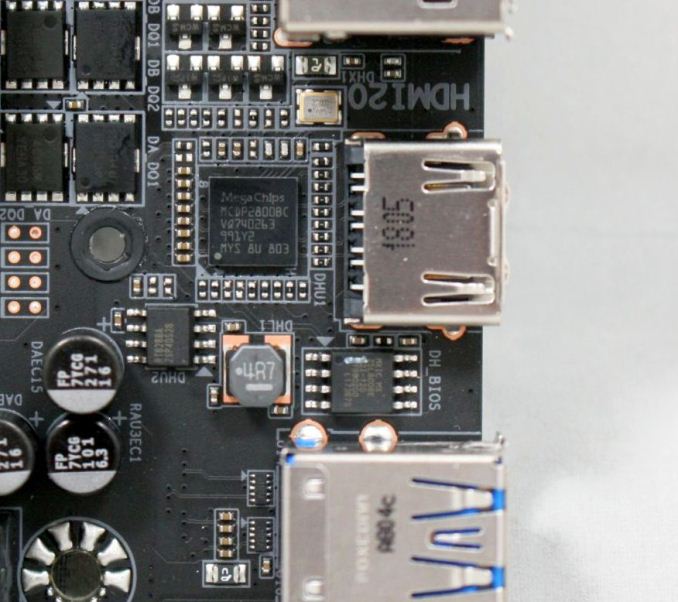
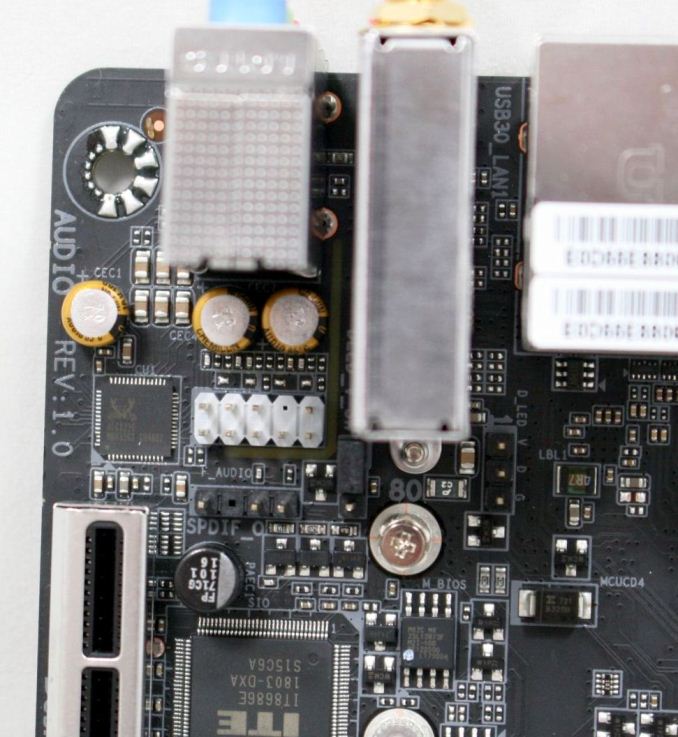
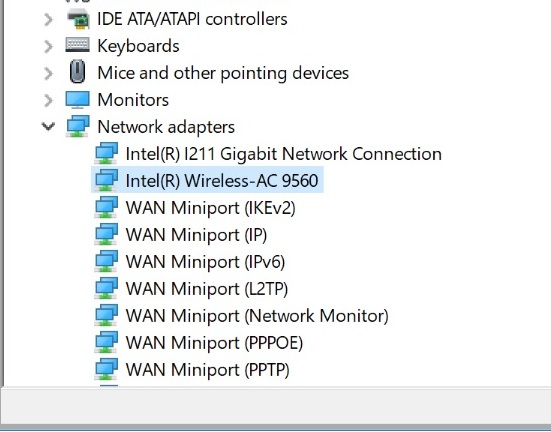

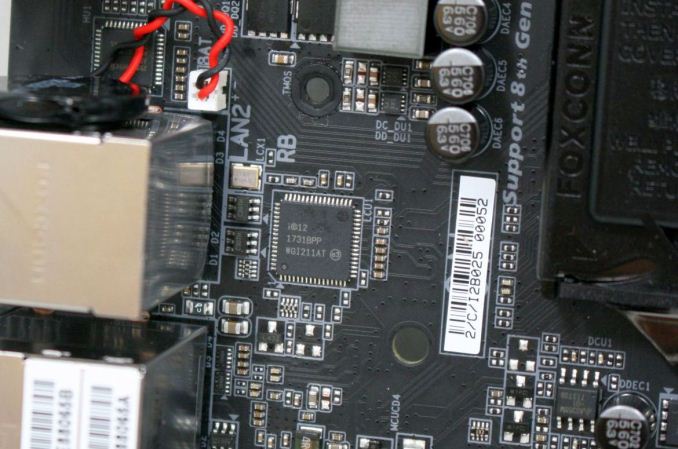

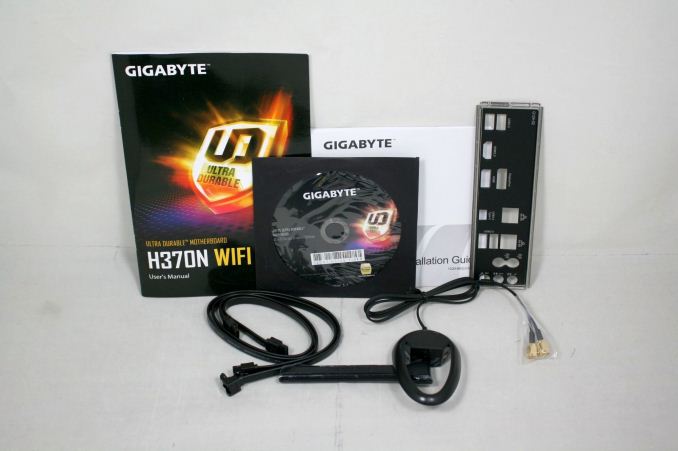














123 Comments
View All Comments
willis936 - Tuesday, April 3, 2018 - link
i9? Where are the 8 cores? Three architectures in one generation with no way simple way of distinguishing? Is 10nm coming this decade? Oh but you’ve added a single useless feature to optane. The market will bring retribution for incompetence soon.FunBunny2 - Tuesday, April 3, 2018 - link
"Three architectures in one generation with no way simple way of distinguishing? "the thing about maths, and a processor is just maths made manifest, is eventually you find the "best" topology. you've been walking toward a wall, half the distance at a step. in time you get close enough that you can't tell the difference. after that, it's just an engineering exercise in silicon/whatever. it's more than likely that the wall has been contacted. but none of the chip companies want us to know it.
NATE1372 - Tuesday, April 3, 2018 - link
Any mention or update on the Intel Z390 chipset?jaydee - Tuesday, April 3, 2018 - link
Any Coffee Lake mainstream mobile (15W TDP) CPUs, or are they skipping it for Cannon Lake?t99 - Tuesday, April 3, 2018 - link
Do these chips all fix spectre and meltdown? Suprising there were was no reference anywhere in article.ericgl21 - Tuesday, April 3, 2018 - link
Interesting.Not a single word on whether the new 8th gen CPUs have the new design to protect them against Meltdown & Spectre vulnerabilities.
Hixbot - Tuesday, April 3, 2018 - link
That will not be until Icelake, possibly Cannon lake. There won't be a silicon fix for Coffee Lake.How Intel keeps selling these vulnerable chips at full price, I don't know.
gammaray - Tuesday, April 3, 2018 - link
you don't have to buy themHStewart - Wednesday, April 4, 2018 - link
Actually all Intel chip have been protected with micro-code updates. Future generations will have hardware specific updates - however I glad to see Dell DPS 2in1 does not use the As media chipstuxRoller - Tuesday, April 3, 2018 - link
Is there an error in the table on page 3 where the L3 cache for the i5s are listed with 1.5MB/core?